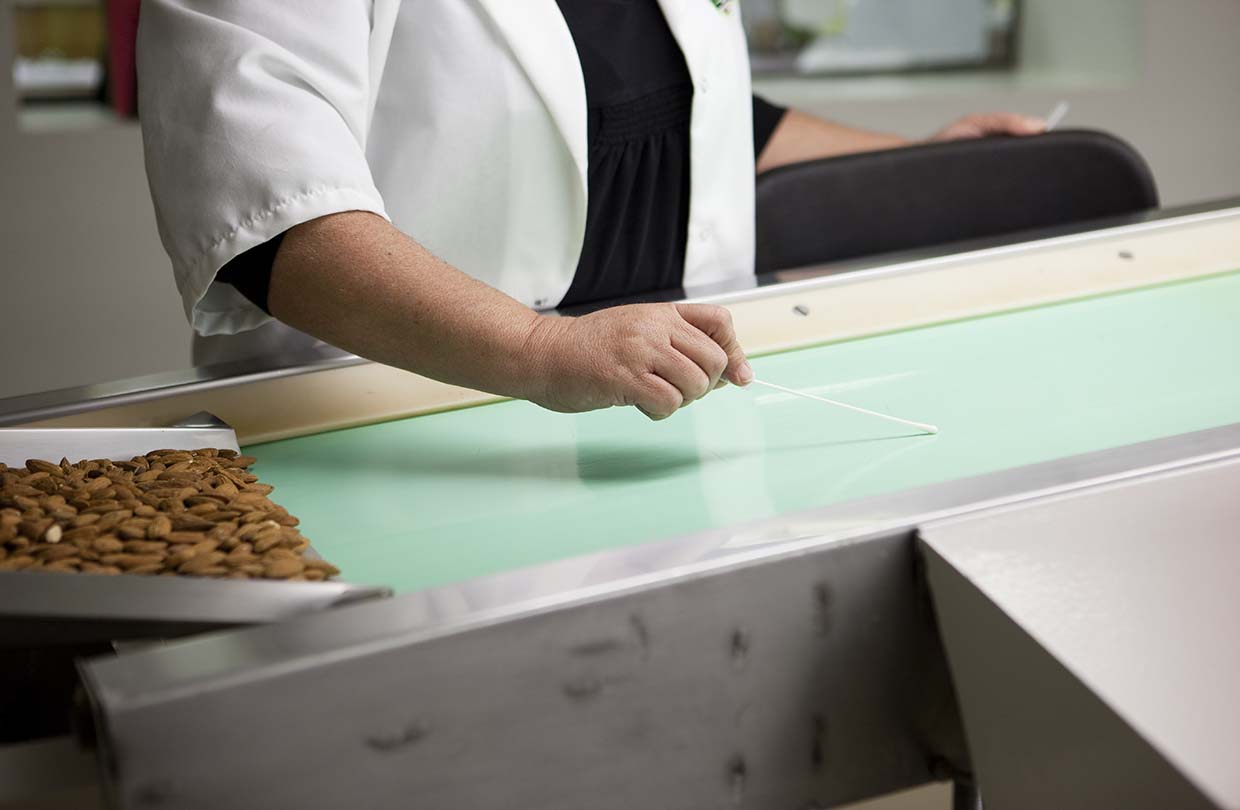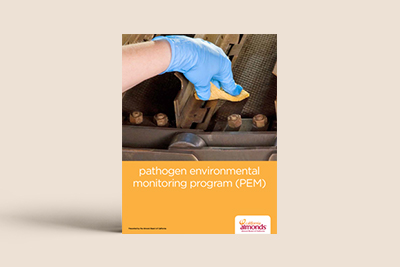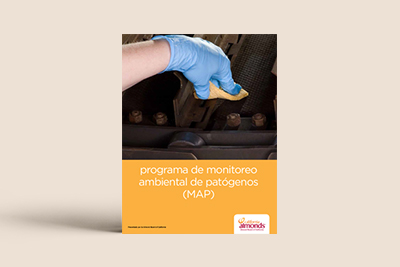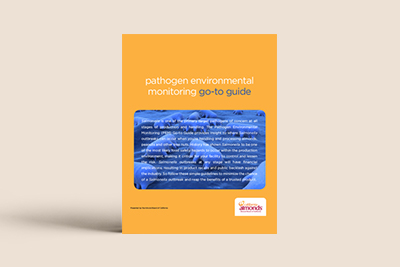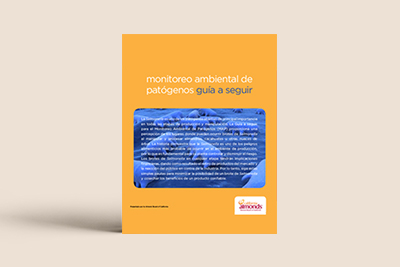Reducing the risk of pathogen contamination during production and handling.
One of the leading concerns for the almond industry is the risk of pathogen contamination, particularly for Salmonella spp., which can occur in all stages of production and handling. An effective way to reduce the risk of product contamination within the almond production environment is with the implementation of a Pathogen Environmental Monitoring (PEM) program designed to seek out and correct potential areas of concern.
The Almond Board of California has developed a PEM manual also available in Spanish that outlines the tools and steps for planning and implementing such a program.
The first of the seven Hazard Analysis and Critical Control Point (HACCP) principles states that a hazard analysis must be conducted to assess the food safety hazards that are reasonably likely to occur and that must be controlled in order to produce a safe product. Since history has shown that Salmonella spp. are a reasonably likely food safety hazard, it is critical that an almond facility's HACCP plan identifies, assesses, and seeks to control and mitigate that risk.
Additional available resources for implementing a PEM program include a PEM Go-to Guide (also available in Spanish) and a PEM DVD.

